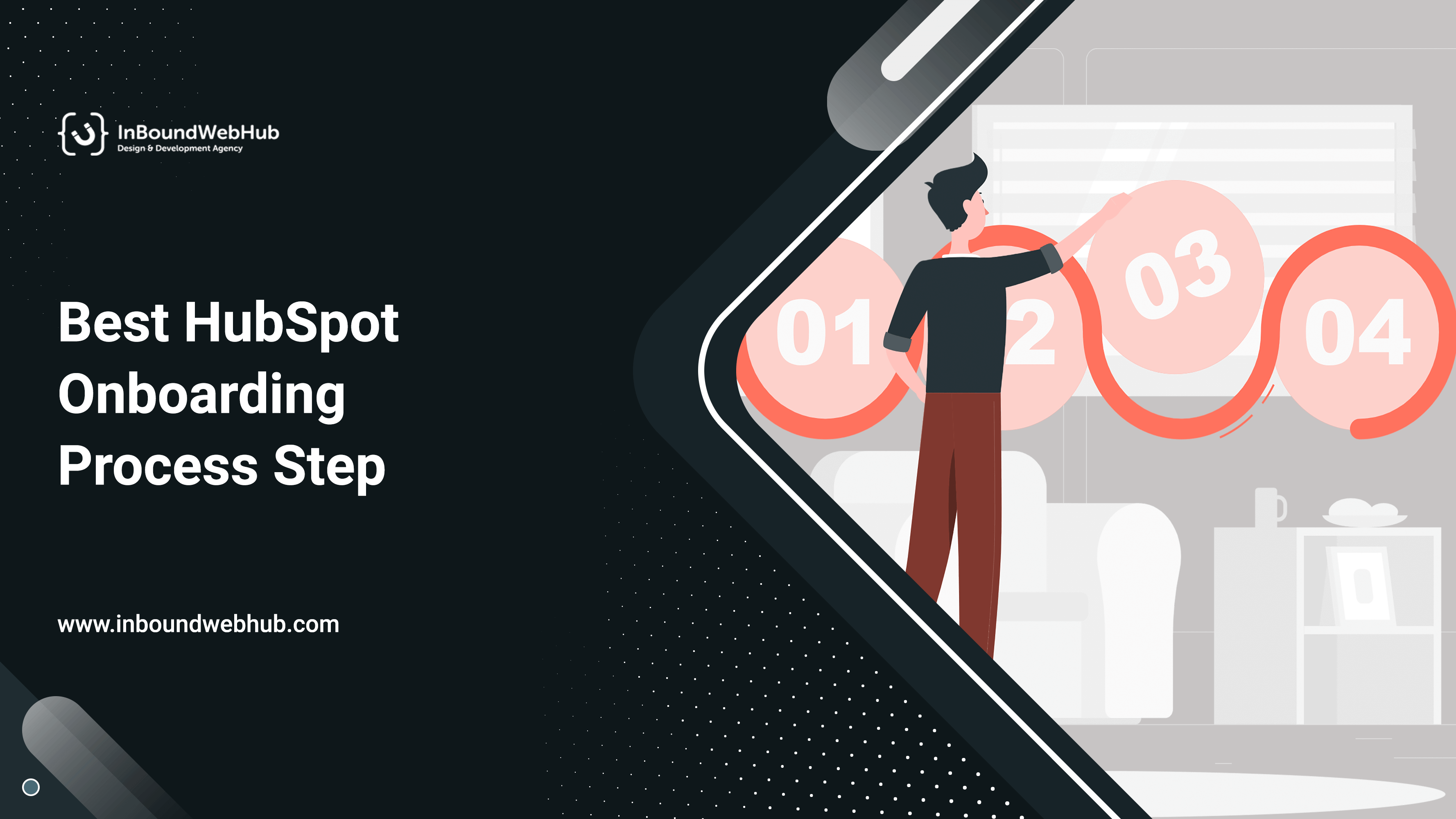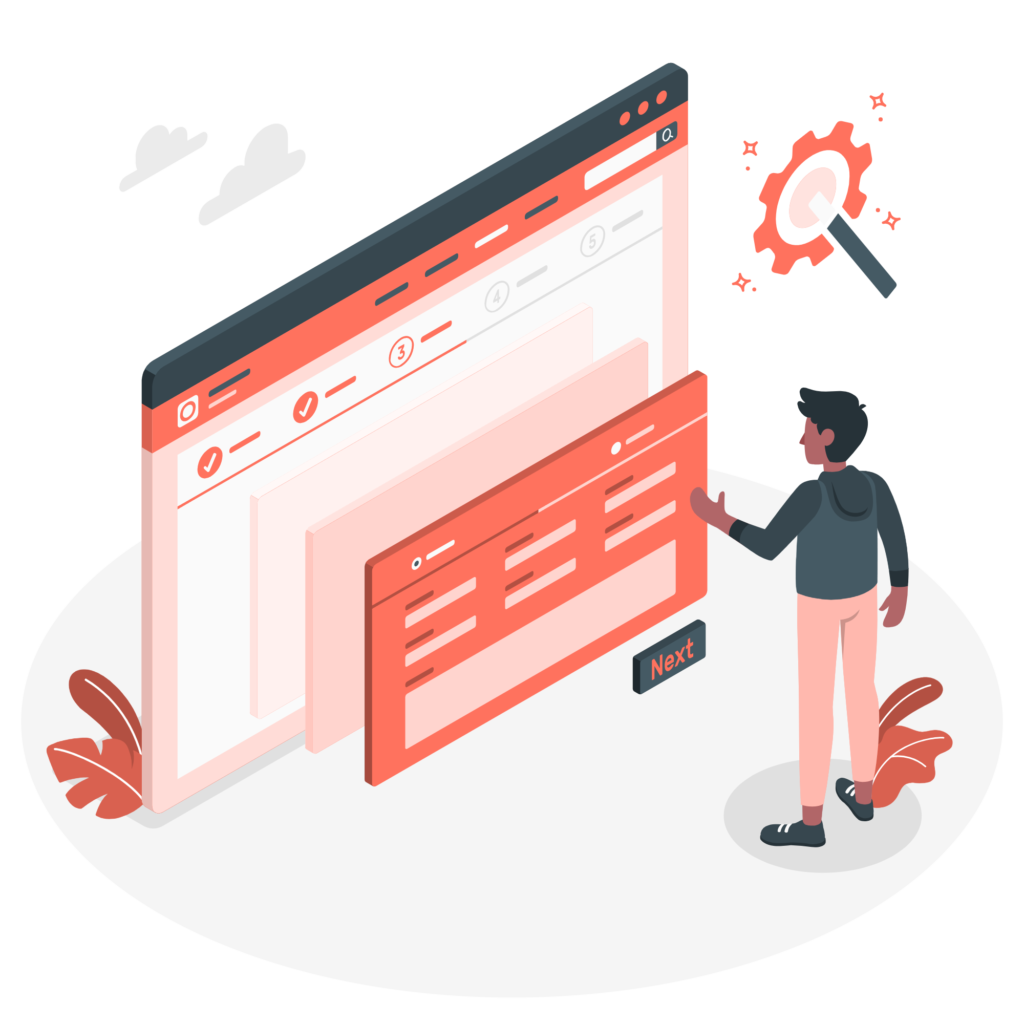What is Hubspot CRM?
HubSpot CRM (Customer Relationship Management) is a free, cloud-based software platform that helps businesses manage customer interactions and data throughout the customer lifecycle. It provides sales, marketing, and customer service tools in one integrated platform.

The CRM features include contact and company management, lead capture and nurturing, deal management, and reporting and analytics. The platform integrates with other HubSpot tools and third-party tools, making it a comprehensive solution for businesses looking to streamline their customer interactions and grow their customer base. The goal of HubSpot CRM is to help businesses attract, engage, and delight customers at every stage of the customer journey.
What is an ironclad contract management system?

Ironclad is a cloud-based contract management platform that provides businesses with tools to manage the entire contract lifecycle, from creation to negotiation, execution, and analysis. It aims to streamline the contract process, increase visibility and collaboration, and ensure compliance with legal and organizational requirements. The platform features contract templates, redlining and negotiation tools, electronic signature, and reporting and analytics.
The purpose for connect HubSpot CRM to the Ironclad management system
The purpose of connecting HubSpot CRM to the Ironclad contract management system is to bring together customer data and contract data within a single platform. This integration can provide benefits such as:
- Improved data accuracy: By having customer data and contract data in one place, businesses can ensure that both sets of information are up-to-date and accurate.
- Increased efficiency: Integrating HubSpot CRM and Ironclad can help eliminate the need to switch between different systems, reducing the time and effort required to manage customer and contract information.
- Better contract management: By accessing customer data within the contract management platform, businesses can make more informed decisions about contract terms and conditions, and ensure that contracts are aligned with customer needs.
- Improved customer insights: The integration of customer and contract data can provide a complete view of the customer, enabling businesses to gain a better understanding of customer behavior and preferences.
By connecting HubSpot CRM to the Ironclad contract management system, businesses can improve the efficiency and effectiveness of their contract management processes while also gaining deeper insights into their customers.
Want any type of integration? We got you covered. Contact us now!
Steps to connect Hubspot CRM to Ironclad contract management system

- First, you need to determine which object you want to use to initiate the workflow in the Ironclad system. You can choose to use a Contact property change or a change in the Deal stage as the trigger for the workflow. Once you’ve made this decision, you’ll need to create a workflow that is triggered by the change in the chosen object property. Hubspot offers an in-built workflow system that is easy to use. You can create a workflow by specifying the trigger event and the action to be taken. For example, you can set a workflow to be triggered when a Contact’s email address is changed and have it automatically update the contact’s information in Ironclad.
- Once the workflow is created, it will trigger a webhook, which will send the data related to the property change to the server you’ve specified. This allows you to catch the data in your own server and use it in the Ironclad contract management system. To send data to the server, you’ll need to create a public app that will generate O-Auth details to send headers to the mentioned server in the Hubspot workflow system. To create these O-Auth details, you’ll first need to authorize the public app you’ve created to your Hubspot account. This will allow your server to access the data from the Hubspot CRM.
- To fetch data from the Hubspot CRM, you’ll need to create a private app in your Hubspot account to fetch the access token. With this access token and the Hubspot CRM API, you’ll be able to fetch details about the whole process of property change in the Hubspot CRM. This will allow you to access data such as contact information and deal stages, which can be used in the Ironclad contract management system. Once you have the necessary data, you can use the Ironclad workflow launch API to easily initialize a workflow in Ironclad with the details you’ve fetched from the Hubspot API. This process will also happen on the server, and you will need to generate and authorize a workflow using an authorization token from the Ironclad account. With the help of the Hubspot CRM details and the Ironclad template schema, you can easily create a connection between the two platforms. This connection allows you to automate certain processes, such as updating contact information and deal stages, in Ironclad when they are changed in Hubspot. This eliminates the need for manual updates and reduces the risk of errors. One of the key benefits of connecting Hubspot CRM and Ironclad’s contract management system is the ability to streamline communication and data sharing. By having all of the relevant information in one place, you can easily access and share information with the relevant parties. This can improve the speed and accuracy of decision-making, as well as increase transparency and accountability. Another benefit is the ability to automate certain processes, such as the initiation of workflows in Ironclad when certain conditions are met in Hubspot. This can save time and resources, as well as reduce the risk of errors. Additionally, by automating certain processes, you can free up your team to focus on more important tasks. Connecting Hubspot CRM to the Ironclad contract management system can significantly improve the efficiency and effectiveness of your workflow.

 Website Designing
Website Designing Web Development
Web Development Mobile Applications
Mobile Applications Marketing
Marketing CMS & Ecommerce
CMS & Ecommerce

 The HubSpot onboarding process is the series of steps and activities that a new customer goes through to set up and start using the software. The process is designed to help customers quickly and effectively learn how to use the software and its various features so that they can start getting value from the tool as soon as possible.
The HubSpot onboarding process is the series of steps and activities that a new customer goes through to set up and start using the software. The process is designed to help customers quickly and effectively learn how to use the software and its various features so that they can start getting value from the tool as soon as possible.